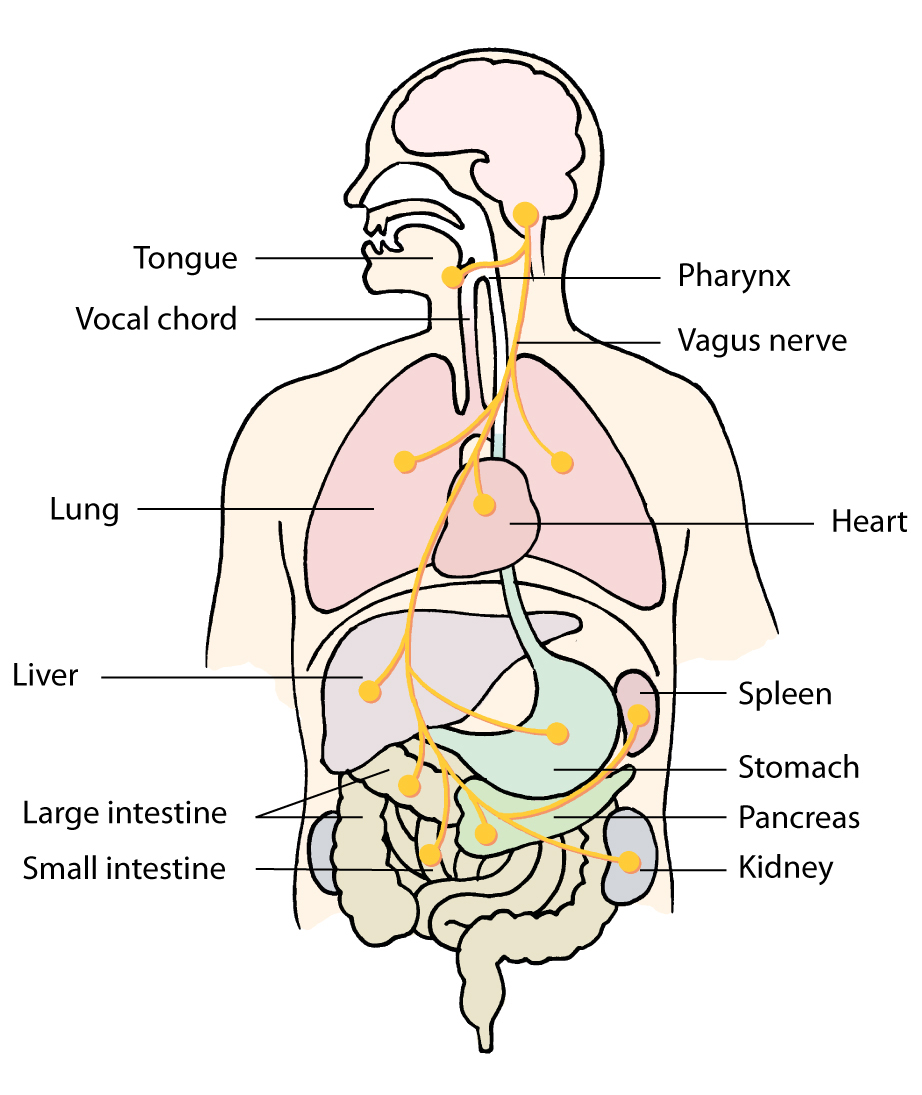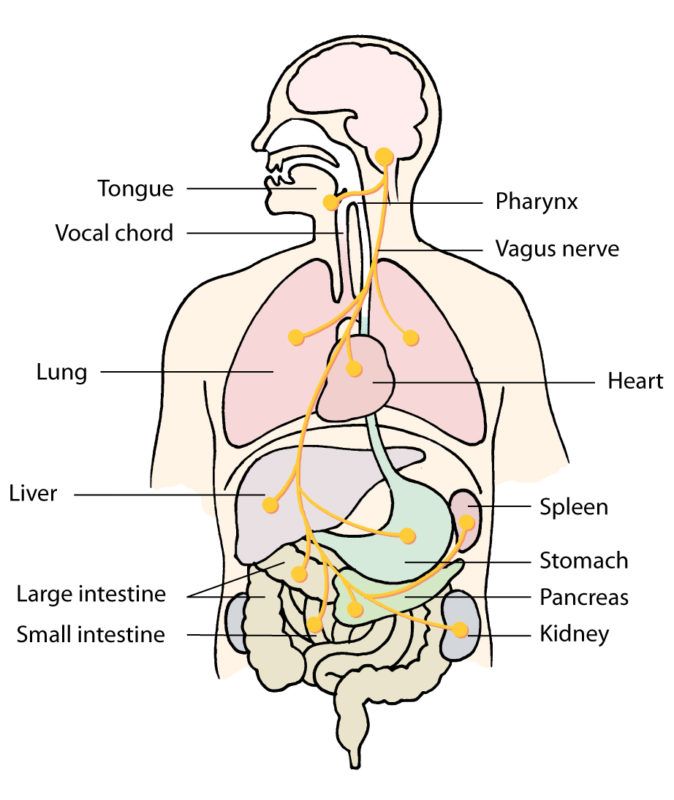Articles, Health & Rehabilitation, Meditation & Yoga
Master Your Nervous System
A Twin-Forked System
The part of the nervous system that cannot be controlled by our will is called the autonomous nervous system. It consists of the sympathetic and the parasympathetic pathways that regulate the vital functions of the body. These can be influenced by inner and outer factors of both physical and mental origins. Both parts of the nervous system are continuously at work and do it in an antagonistic way to maintain a healthy balance.
“Fight or Flight” vs. “Rest and Digest”
The sympathetic nervous system is mainly activated by stress and prepares the body for a fight. In other words, it is a survival mechanism that increases heart rate, blood pressure, blood sugar and dilates the pupils. It is termed a “fight or flight” response. Evolutionarily, it is necessary to be able to react promptly when facing immediate danger, but if the sympathetic nervous system becomes overburdened by prolonged stress, mobbing or hard physical activity, it will wear on the organism and has the potential to lead to fatal consequences.
The parasympathetic nervous system, however, has a calming influence. It lowers the heart rate and blood pressure and simultaneously promotes digestion and the uptake of nutrients. It is termed “rest and digest”. Hence, it is primarily during rest, eating and sleeping that the parasympathetic nervous system dominates and coordinates the body’s repose and regeneration. It is mainly this part of the nervous system that is advantageous to activate through breathing exercises.
The Vagus Nerve
Let us now consider one of the most fundamentally important elements in the parasympathetic nervous system, the vagus nerve, which is the most complex of all of our nerves. In Latin, Vagus means “wandering”. It is termed so because from its origin in the brain stem it spreads nerve fibers to the throat and upper body, and through these nerve fibers signals wander to and fro between the body and the brain. In short, the vagus nerve connects the brain to everything from the tongue, pharynx, vocal chords, lungs, heart, stomach and intestines to different glands that produce enzymes and hormones, influencing digestion, metabolism, and much more.

The vagus nerve’s considerable influence on your lungs and heart and the connection to your brain is quite interesting. This trinity, brain-heart-lungs, rules your body and governs your mind. The key to managing your state of mind and stress level lies in being able to activate the calming parasympathetic pathways of your nervous system on command. Typically, the will cannot control this part of the nervous system, but if you hold your breath for a brief moment and then slowly exhale, the vagus nerve is stimulated bringing peace to your body and mind.
In effect, strengthening the living nervous system can pay off. And the best tool you can use is an efficient training of your breath. You can master this yourself. The path to this goes through training your breathing, which can be achieved by means of yoga.
Instant relaxation
Relaxation is inextricably bound up with the parasympathetic part of your nervous system, the so called “rest and digest”. It belongs to the self-propelled autonomic nervous system, but by actively focusing on your breath and the movements of your diaphragm, you can influence the system enormously through the vagus nerve that spreads from your brain to your lungs, heart and other organs.
Try to activate your own vagus nerve. Simply breathe out very slowly. Can you feel how your heart rate drops and your mind relaxes instantly!
If you liked this article you are most welcome to share it with your friends…
Free Courses On The Nervous System
Breatheology Courses
Learn and master conscious breathing through our online breathwork courses. Discover how simple yet powerful breathing techniques can help reduce stress, improve your mental clarity, and boost your physical performance.
Free Breathwork Courses
Kickstart your breath training journey with our free, step-by-step breathing programs designed to help you improve lung capacity, manage stress, and build focus.
Advanced Breathwork Training
Take your breathing mastery to the next level with our advanced breathwork training programs. Build resilience, enhance your endurance, and unlock greater physical and mental performance.

